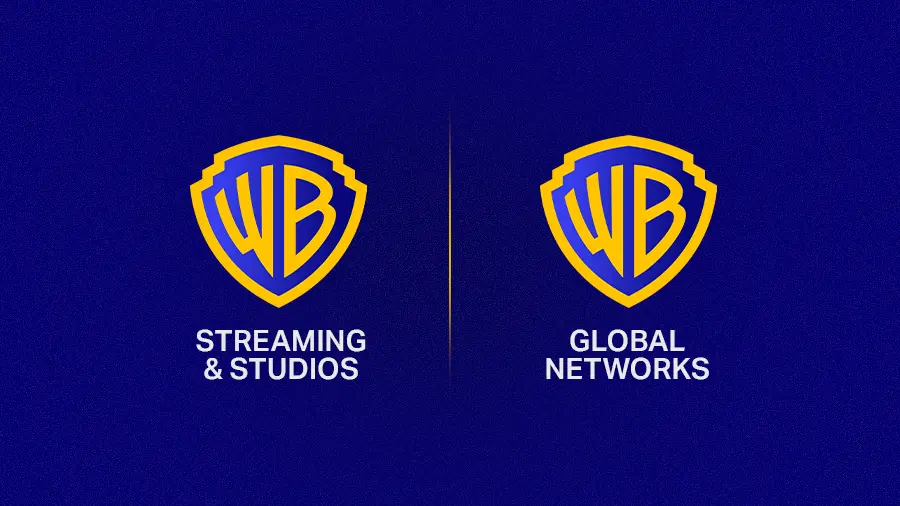In entertainment, the era of the mega-merger is giving way to a great unbundling. As massive corporate entities move toward specialization, the result can be a more approachable and collaborative market, opening new doors for independent creators.
We spoke with Adi Tiwary, producer, strategist, and founder of AT Narrative Lab, a boutique development lab that turns ideas into investable IP. Supporting the international development and distribution of over 3,000 hours of content with Stuart Entertainment, he helped deliver projects to buyers across APAC, North America, and Europe.
A little less scary: He says that this market correction, driven by a need to be more efficient and strategic, is creating a more collaborative and opportunistic environment for creators who know how to adapt. "From an indie perspective, the Warner Bros. split makes the beast less scary for everybody. It feels like they are doing it exactly for the market they're competing in, which is very fandom-driven and experience-based."
Tiwary frames the split as a course correction away from the chase for scale that dominated the streaming wars. In an industry now driven more by fandoms, a model he connects to strategist Evan Shapiro's concept of the "affinity economy," the emerging imperative is to become leaner and smarter. That focus on specialization allows for tighter execution, a theory he points out is already being proven in performance metrics. The split lets one side of the business function as a growth engine while the other operates as a cash machine. "Warner Bros. became the first studio to hit $4 billion this year with just 11 movies. To hit that same scale back in 2018 or 2019, they needed more than 20. That is a very smart bet," Tiwary says.
Faith in the franchise: For studios, financial success isn't just about the numbers. It’s driven by a fundamental change in creative philosophy that redefines what success looks like for each project. This strategic shift also navigates potential industry challenges, like the increasing expense of sports rights, which can influence content distribution. The recent Superman reboot is a prime example of this new discipline, he says, where the long-term health of the IP can outweigh the pressure for immediate, blockbuster returns. "From a fan perspective, I was skeptical about the reboot, but I have to credit the execution. It was a proper reboot where the goal wasn't to hit a billion dollars, it was to establish faith in the franchise's new direction."
Cultural currency: In this new environment, perceptions of data's function are also changing. For many, instead of just measuring success, it now serves as a tool to identify the true, often unseen, drivers of audience engagement. The real cultural engine behind a project’s conversation. "Take a film like Heads of State. The posters might feature Idris Elba and John Cena, but when producers analyzed the data, they saw that Priyanka Chopra was the cultural engine driving the conversation. We have so much access to data like that now, and it helps us green-light better," Tiwary says.
This calculated approach increases the demand for accountability from creators and studios alike. For many studios, the old model of throwing dozens of projects at the wall is giving way to a need for a stronger, data-informed business case before a project ever gets the green light. "The onus is on creators now. In this market, if I'm asking for $12 million for an episode, I need a real answer, not a fantasy. People need to be paid at the end of the day. That's what I mean by 'better green lighting.' Let's call it more strategic green lighting."
A dose of pragmatism: Tiwary sees a parallel between the industry trend toward smaller, specialized units and similar development patterns in AI. But before creators can seize the opportunity, he explained, they must first cut through the pervasive hype. "I signed up for a pro AI tool for about $30 a month. It gives you a thousand credits, which is next to nothing. I burned through them on a single experimental video, and the credits don't carry over. So when people talk about AI leveling the field, yes, it has leveled the field. But it's only for the people who truly know how to use it."
The expert's edge: Reframing the AI debate, the real competitive advantage lies not with the tool itself, but with the professionals who can master it for optimization. "AI isn't going to take your job; a producer who knows how to use it will. Anyone who thinks AI can generate a full-fledged script has no idea what storytelling is. It can't translate the human element. It will just give you a generic script, and that emptiness will show on screen," he explains.
For independent creators, this is the real opportunity. "For indies, I see AI as a great opportunity. If you know how to use it, it levels the field and brings us up a notch, allowing us to punch heavier," Tiwary says. On a limited budget, AI tools can help them demonstrate a project's vision and meet that higher bar for strategic green lighting. A creator can generate a sample musical score or a visual storyboard to convey a character's emotional arc to a potential buyer, providing a proof-of-concept without the cost of final production.
The tool’s power, then, is fully realized only in the hands of the expert wielding it. He notes that any cost savings from AI should be reinvested in the human talent needed to guide these systems. "With AI, you need an orchestrator. A person's creativity alone isn't enough to prompt their way to a great short film without any real production experience. It's the years of expertise in the craft that allow you to know how to conduct the tools effectively."
Such a restructuring of major players like Warner Bros. can have a positive ripple effect. By unbundling their operations in a smart play, they help clear a path for a different kind of industry ecosystem. The result is what Tiwary called a better give-and-take market, a scenario where leaner studios can form more strategic collaborations with independent creators. That pragmatic adaptation allows for smarter investment, better creative output, and an end result that benefits everyone: great content.

